Home>Maintenance & Safety>Child & Elderly Safety at Home>What Is The Age Requirement For A Booster Seat In Pennsylvania
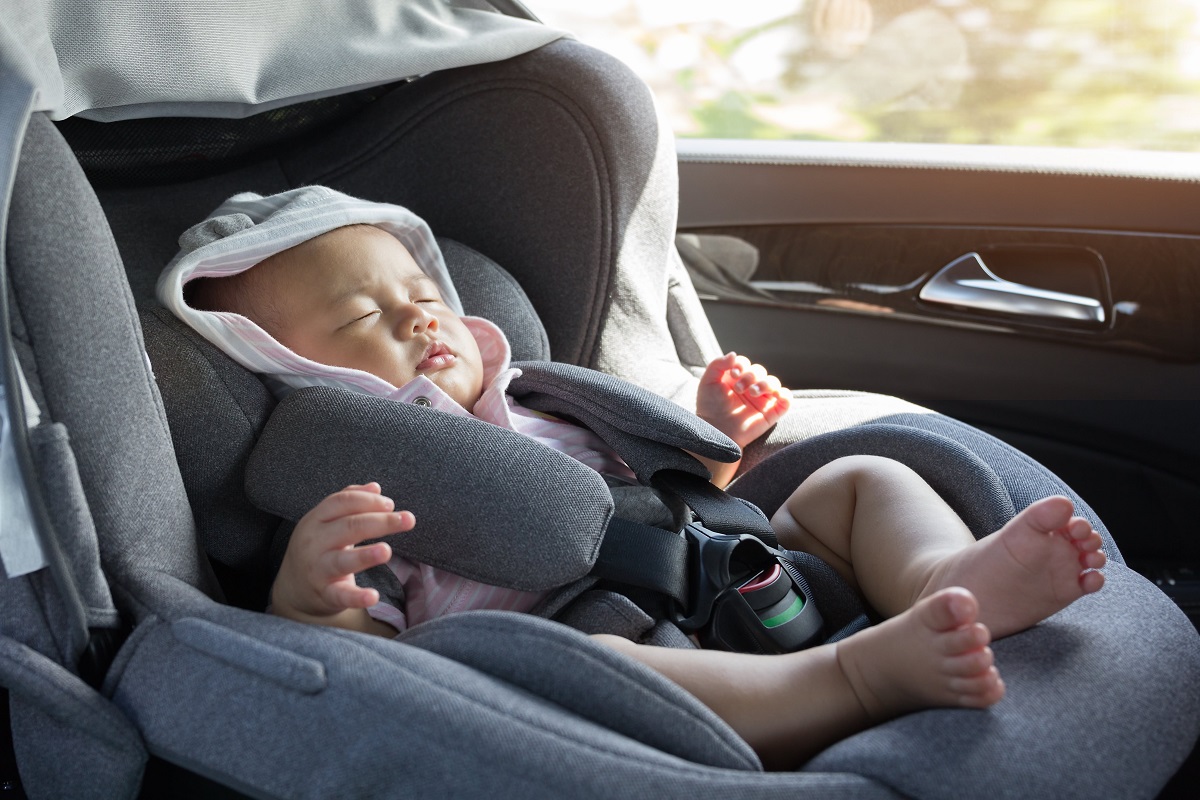

Child & Elderly Safety at Home
What Is The Age Requirement For A Booster Seat In Pennsylvania
Modified: February 29, 2024
Learn about the age requirement for booster seats in Pennsylvania to ensure child and elderly safety at home. Find out the guidelines for using booster seats to protect your loved ones.
(Many of the links in this article redirect to a specific reviewed product. Your purchase of these products through affiliate links helps to generate commission for Storables.com, at no extra cost. Learn more)
Introduction
Ensuring the safety of children while traveling in vehicles is a top priority for parents and caregivers. Pennsylvania, like many other states, has specific laws and regulations in place to protect young passengers. One crucial aspect of child passenger safety is the use of booster seats, which are designed to provide additional protection for children who have outgrown their forward-facing car seats but are not yet ready to use a regular seat belt.
In this article, we will delve into the age requirements for booster seats in Pennsylvania, shedding light on the regulations that aim to safeguard young passengers during car journeys. Understanding these requirements is essential for parents, guardians, and anyone responsible for transporting children, as compliance with the law is vital for ensuring the safety and well-being of young passengers.
By exploring the age requirements for booster seats in Pennsylvania, we aim to provide clarity and guidance to those seeking to adhere to the state's regulations. Additionally, we will discuss any exceptions to these requirements, offering a comprehensive overview of the laws governing the use of booster seats for young passengers in the state.
Join us as we navigate through the important regulations and considerations surrounding booster seat usage in Pennsylvania, ultimately contributing to a safer and more secure environment for children traveling in motor vehicles.
Key Takeaways:
- Children in Pennsylvania need a booster seat until they turn 8, so the seat belt fits them properly and keeps them safe in the car. Exceptions exist for kids who are tall or have medical reasons.
- Pennsylvania’s rules for booster seats help keep kids safe in cars. Even if you’re not 8 yet, you might not need a booster seat if you’re tall or have a special reason.
Pennsylvania Booster Seat Law
In Pennsylvania, the use of booster seats for young passengers is regulated by specific laws aimed at enhancing child safety during car travel. These laws are designed to ensure that children are adequately protected while riding in motor vehicles, addressing the need for appropriate restraints based on the child's age, weight, and height.
The Pennsylvania booster seat law mandates that children must use a booster seat when traveling in a motor vehicle until they reach a certain age and meet specific criteria. This requirement is crucial for safeguarding children who have outgrown their forward-facing car seats but are not yet ready to use a regular seat belt.
The law emphasizes the importance of using booster seats to provide proper positioning of the seat belt across a child's body, reducing the risk of injury in the event of a collision or sudden stop. By elevating the child to the correct height, booster seats ensure that the seat belt fits snugly and securely, offering optimal protection.
Furthermore, the Pennsylvania booster seat law aligns with national recommendations and standards for child passenger safety, reflecting a commitment to upholding best practices in protecting young passengers during car journeys. By adhering to these regulations, parents, guardians, and caregivers can contribute to creating a safer and more secure environment for children traveling in motor vehicles.
It is essential for individuals responsible for transporting children to familiarize themselves with the specifics of the Pennsylvania booster seat law, as compliance with these regulations is paramount for ensuring the safety and well-being of young passengers. By understanding and adhering to the law, caregivers can play a proactive role in mitigating the risks associated with inadequate child restraints in vehicles.
In summary, the Pennsylvania booster seat law serves as a vital component of the state's efforts to prioritize child safety in motor vehicles. By mandating the use of booster seats for young passengers, the law underscores the significance of providing appropriate restraints to mitigate the potential dangers associated with improper seating arrangements. Understanding and complying with these regulations is instrumental in promoting a culture of safety and responsibility when it comes to transporting children in Pennsylvania.
This section provides a comprehensive overview of the Pennsylvania booster seat law, highlighting its significance in promoting child safety and emphasizing the importance of adhering to these regulations for the well-being of young passengers.
Age Requirement for Booster Seat
In Pennsylvania, the age requirement for booster seat usage is a crucial aspect of child passenger safety regulations. According to Pennsylvania law, children are required to use a booster seat when traveling in a motor vehicle until they reach the age of 8. This age-based criterion is aligned with national recommendations and standards for child passenger safety, emphasizing the importance of providing appropriate restraints for young passengers to enhance their safety and well-being during car journeys.
The age of 8 serves as a pivotal milestone in a child's development, marking the point at which they are deemed ready to transition from a booster seat to using a regular seat belt. At this stage, children have typically reached a level of physical development and maturity that enables them to be adequately protected by a standard seat belt, provided that it fits them properly. However, until a child reaches the age of 8, the use of a booster seat is essential for ensuring that the seat belt is positioned correctly across their body, offering optimal protection in the event of a collision or sudden stop.
By establishing a specific age requirement for booster seat usage, Pennsylvania's regulations aim to address the unique safety needs of young passengers, acknowledging that children require different forms of restraint as they grow and develop. This age-based approach provides a clear and practical guideline for parents, guardians, and caregivers, enabling them to make informed decisions regarding the appropriate seating arrangements for children in motor vehicles.
It is important for individuals responsible for transporting children to be mindful of the age requirement for booster seat usage, as compliance with this regulation is fundamental for safeguarding young passengers. By adhering to the age-based criterion, caregivers can contribute to creating a safer and more secure environment for children traveling in vehicles, mitigating the risks associated with inadequate restraints and improper seating positions.
In summary, the age requirement for booster seat usage in Pennsylvania underscores the state's commitment to prioritizing child safety in motor vehicles. By establishing the age of 8 as the threshold for transitioning from a booster seat to a regular seat belt, the regulations aim to provide clarity and guidance to caregivers, ultimately contributing to the well-being and protection of young passengers during car journeys. Understanding and adhering to the age requirement for booster seat usage is essential for promoting a culture of safety and responsibility when it comes to transporting children in Pennsylvania.
In Pennsylvania, children must use a booster seat until they are 8 years old or 4’9″ tall, whichever comes first. It’s important to follow these guidelines to ensure the safety of your child while traveling in a vehicle.
Exceptions to the Age Requirement
While the age requirement for booster seat usage in Pennsylvania is a crucial aspect of child passenger safety regulations, there are certain exceptions that warrant consideration. These exceptions acknowledge unique circumstances where deviating from the standard age-based criterion may be necessary to ensure the safety and well-being of young passengers.
One notable exception to the age requirement pertains to a child's physical attributes, specifically their height and weight. Pennsylvania law stipulates that if a child is not yet 8 years old but measures at least 4 feet 9 inches in height, they may transition from a booster seat to using a regular seat belt. This exception recognizes that some children may reach the physical dimensions necessary to safely utilize a standard seat belt before reaching the age of 8. By considering a child's height and weight in conjunction with their age, this exception provides flexibility to accommodate variations in physical development among young passengers.
Another exception to the age requirement involves medical considerations. If a licensed healthcare professional determines that using a booster seat poses a specific risk to a child due to medical reasons, an exemption from the age-based criterion may be granted. This exception acknowledges that certain medical conditions or physical limitations may necessitate alternative seating arrangements for children in motor vehicles. By allowing for medical exemptions, Pennsylvania's regulations prioritize the individual safety needs of young passengers, ensuring that they receive appropriate restraints tailored to their unique circumstances.
Furthermore, Pennsylvania law recognizes that some vehicles may only be equipped with lap belts in certain seating positions. In such cases, if a child is not yet 8 years old but must occupy a seating position with only a lap belt available, they are permitted to use the lap belt without a booster seat. This exception addresses practical limitations posed by vehicle configurations, acknowledging that the availability of seat belt types may impact the implementation of booster seat requirements.
It is important for parents, guardians, and caregivers to be aware of these exceptions to the age requirement for booster seat usage, as they provide valuable insights into circumstances where flexibility is warranted to ensure the safety of young passengers. By understanding these exceptions and their implications, individuals responsible for transporting children can make informed decisions that prioritize the well-being and protection of young passengers during car journeys.
In summary, the exceptions to the age requirement for booster seat usage in Pennsylvania reflect a balanced approach to child passenger safety, acknowledging unique circumstances where deviations from the standard age-based criterion are warranted. By considering factors such as a child's physical attributes, medical considerations, and vehicle configurations, these exceptions provide valuable flexibility to ensure that young passengers receive appropriate restraints tailored to their individual needs. Understanding and recognizing these exceptions is essential for promoting a culture of safety and responsibility when it comes to transporting children in Pennsylvania.
Conclusion
In conclusion, the age requirement for booster seat usage in Pennsylvania is a pivotal component of the state's commitment to prioritizing child safety in motor vehicles. By mandating the use of booster seats for young passengers until they reach the age of 8, Pennsylvania's regulations underscore the significance of providing appropriate restraints to mitigate the potential dangers associated with improper seating arrangements. This age-based criterion aligns with national recommendations and standards for child passenger safety, emphasizing the importance of enhancing the safety and well-being of young passengers during car journeys.
Furthermore, the exceptions to the age requirement provide valuable flexibility, acknowledging unique circumstances where deviations from the standard age-based criterion are warranted. By considering factors such as a child's physical attributes, medical considerations, and vehicle configurations, these exceptions ensure that young passengers receive appropriate restraints tailored to their individual needs, contributing to a culture of safety and responsibility when it comes to transporting children in Pennsylvania.
It is essential for parents, guardians, and caregivers to familiarize themselves with the specifics of the Pennsylvania booster seat law and its age requirement, as compliance with these regulations is paramount for ensuring the safety and well-being of young passengers. By understanding and adhering to the age-based criterion and recognizing the exceptions where flexibility is warranted, caregivers can play a proactive role in mitigating the risks associated with inadequate child restraints in vehicles.
Ultimately, the regulations surrounding the age requirement for booster seat usage in Pennsylvania serve as a vital framework for promoting child safety and creating a safer and more secure environment for children traveling in motor vehicles. By prioritizing the well-being and protection of young passengers, these regulations contribute to a culture of responsible and informed transportation practices, ensuring that children receive the necessary restraints to safeguard them during car journeys.
In summary, the age requirement for booster seat usage, coupled with the exceptions that provide flexibility, reflects Pennsylvania's dedication to upholding best practices in child passenger safety. By adhering to these regulations and understanding the nuances of the age-based criterion, caregivers can actively contribute to creating a safer and more secure environment for children traveling in vehicles, fostering a culture of safety and responsibility that prioritizes the well-being of young passengers in Pennsylvania.
Frequently Asked Questions about What Is The Age Requirement For A Booster Seat In Pennsylvania
Was this page helpful?
At Storables.com, we guarantee accurate and reliable information. Our content, validated by Expert Board Contributors, is crafted following stringent Editorial Policies. We're committed to providing you with well-researched, expert-backed insights for all your informational needs.
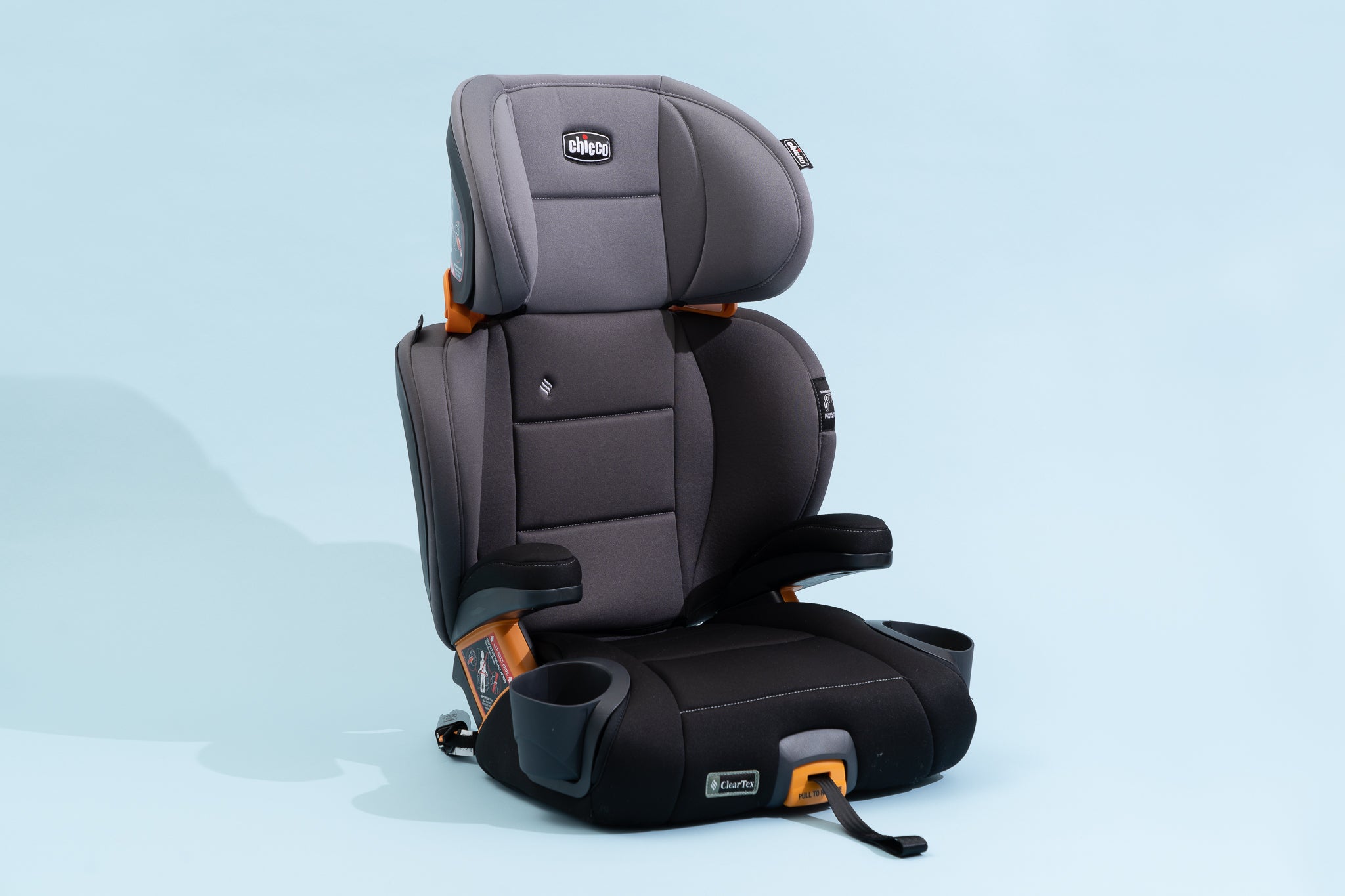
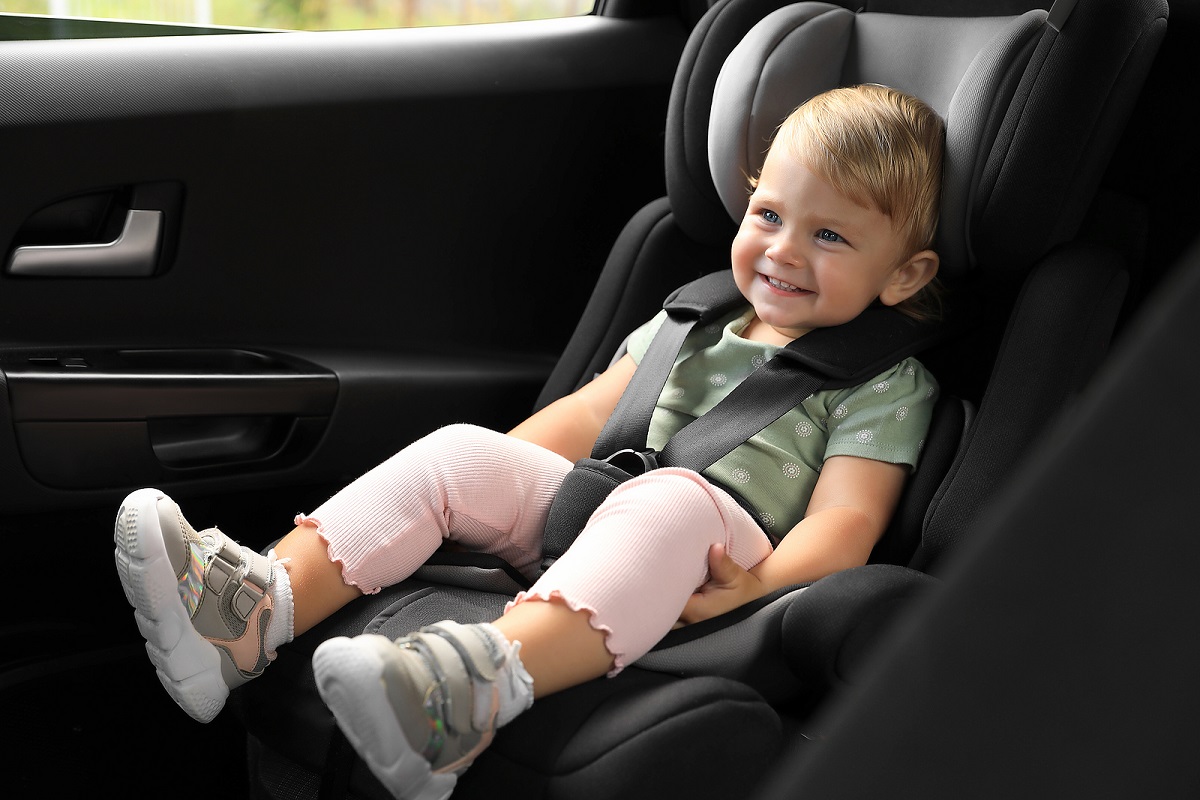
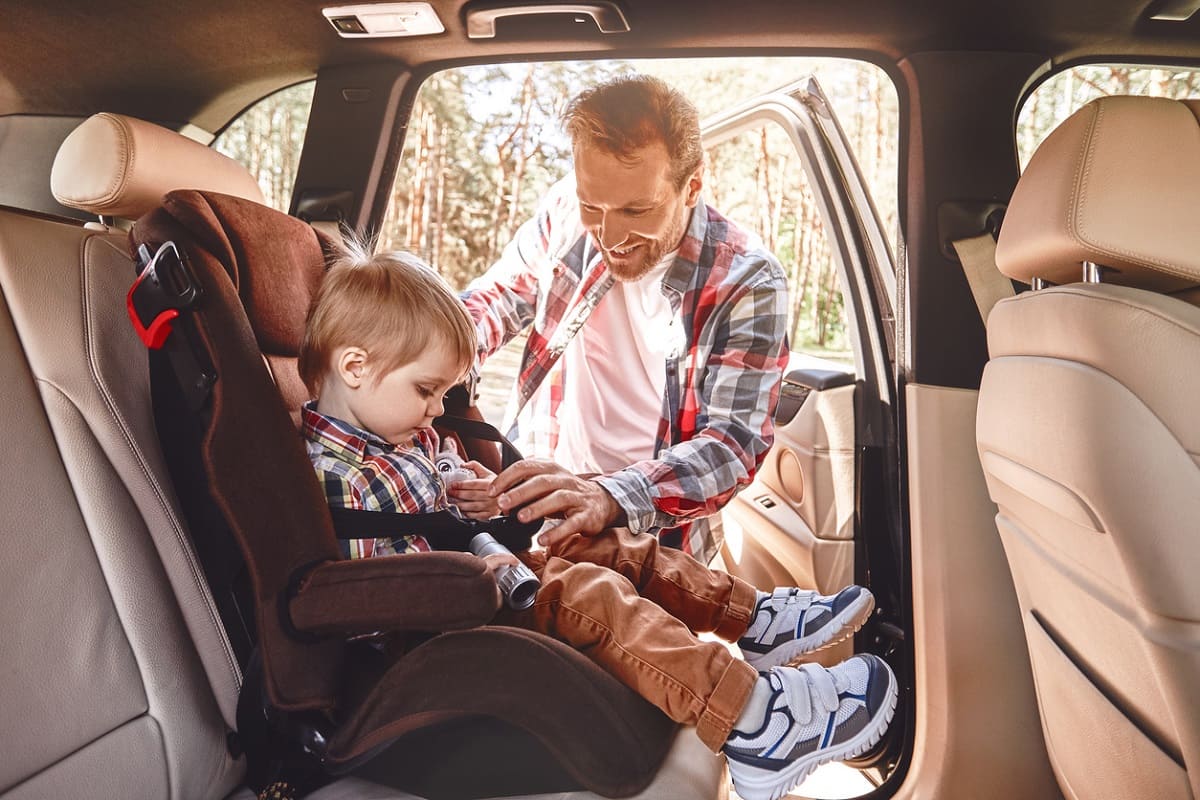
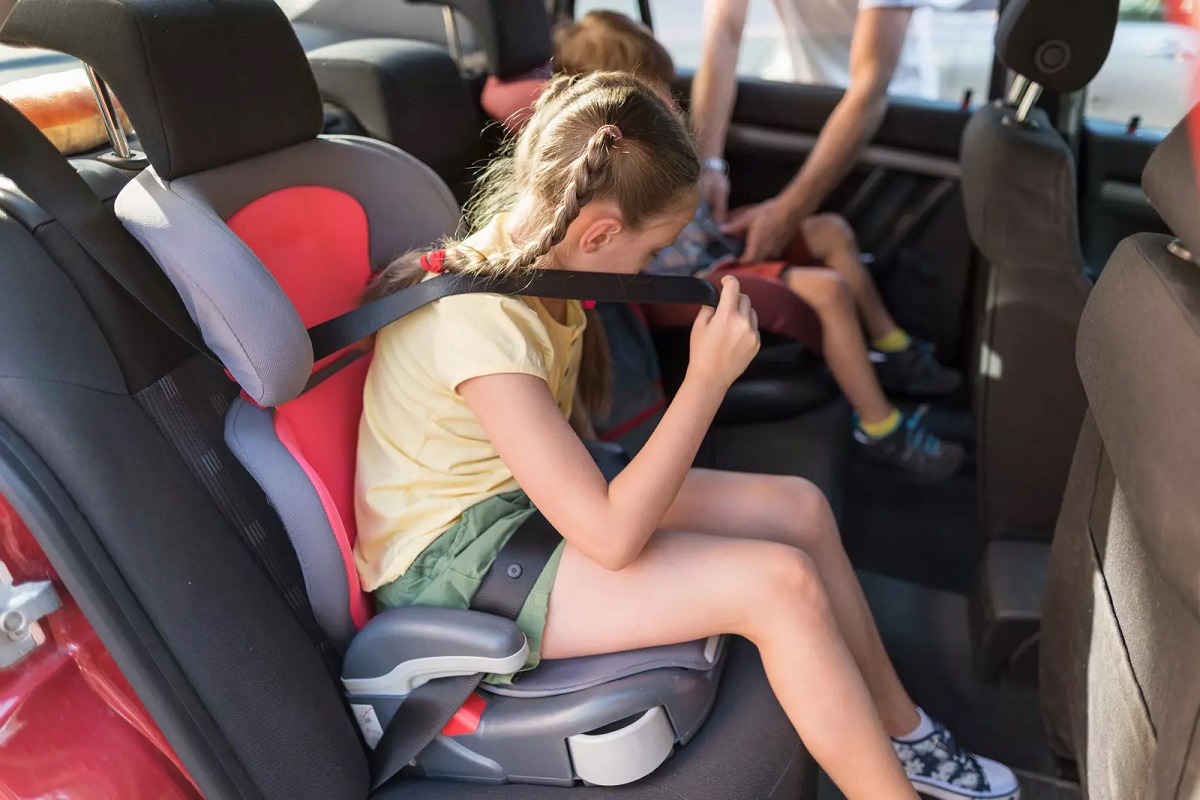
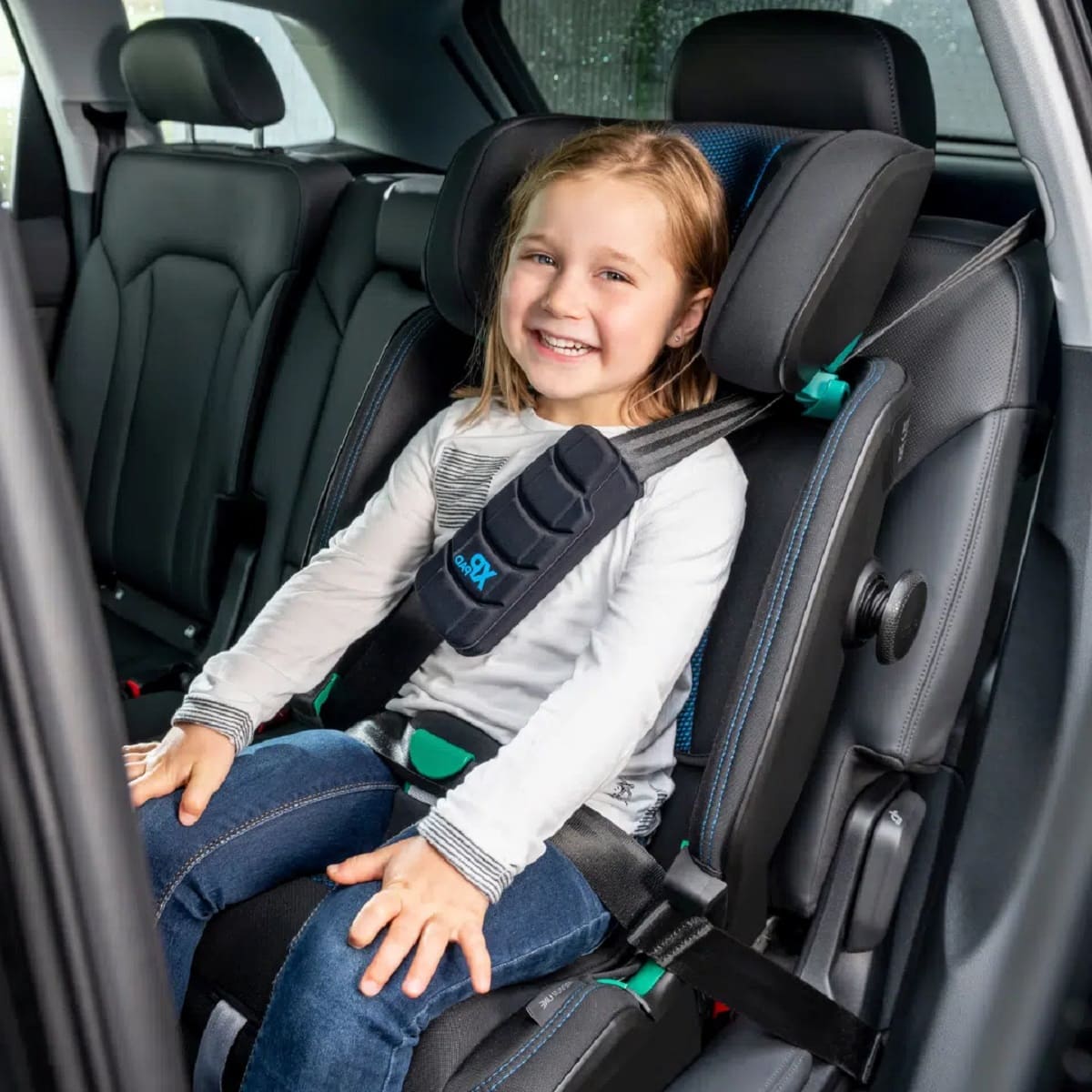
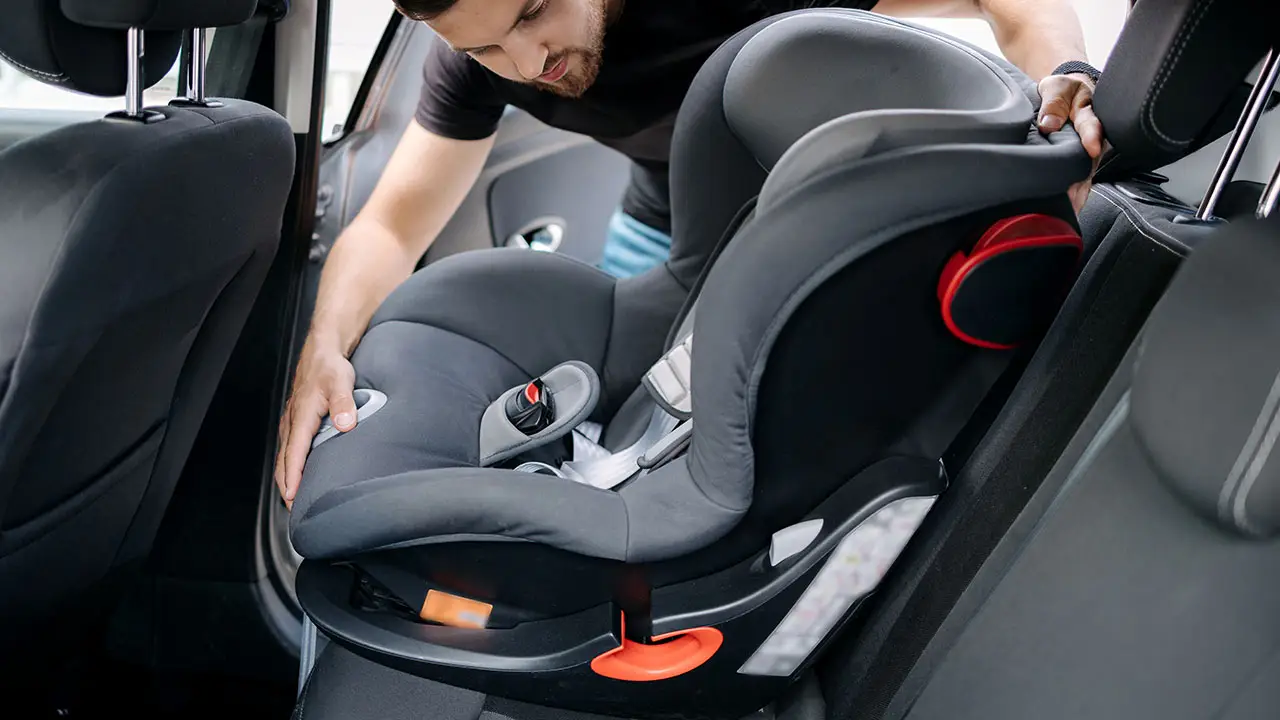

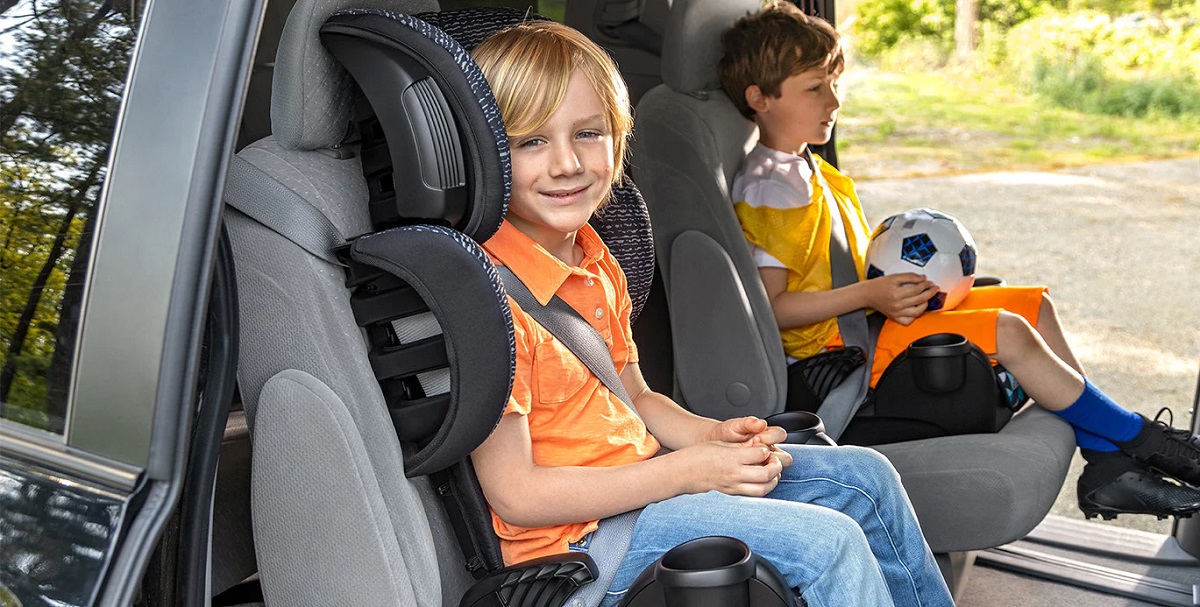

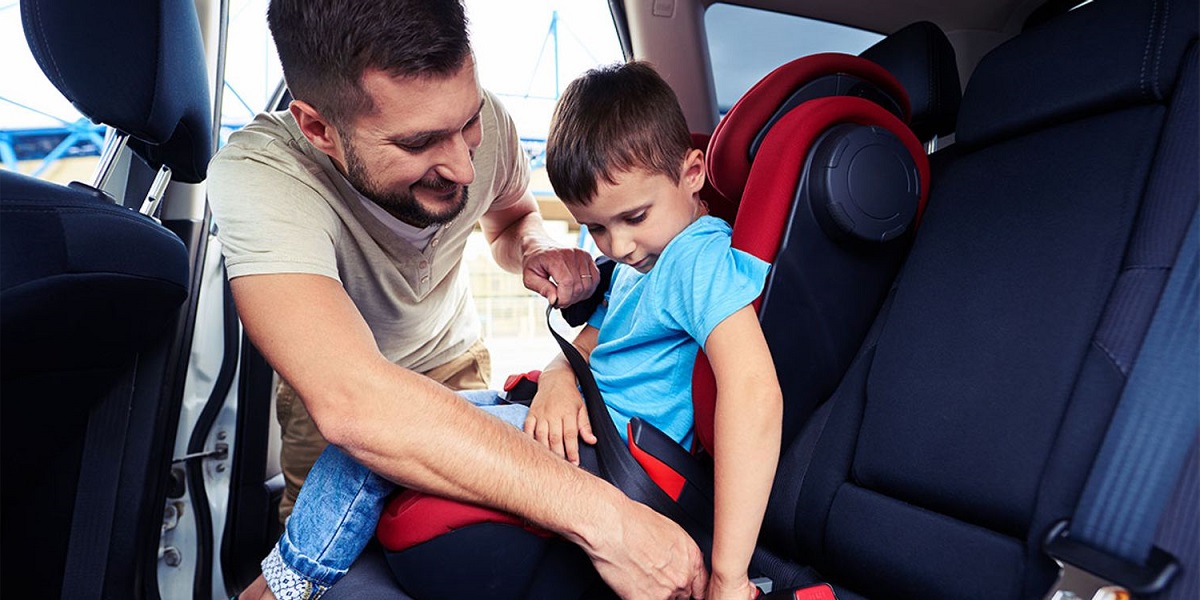
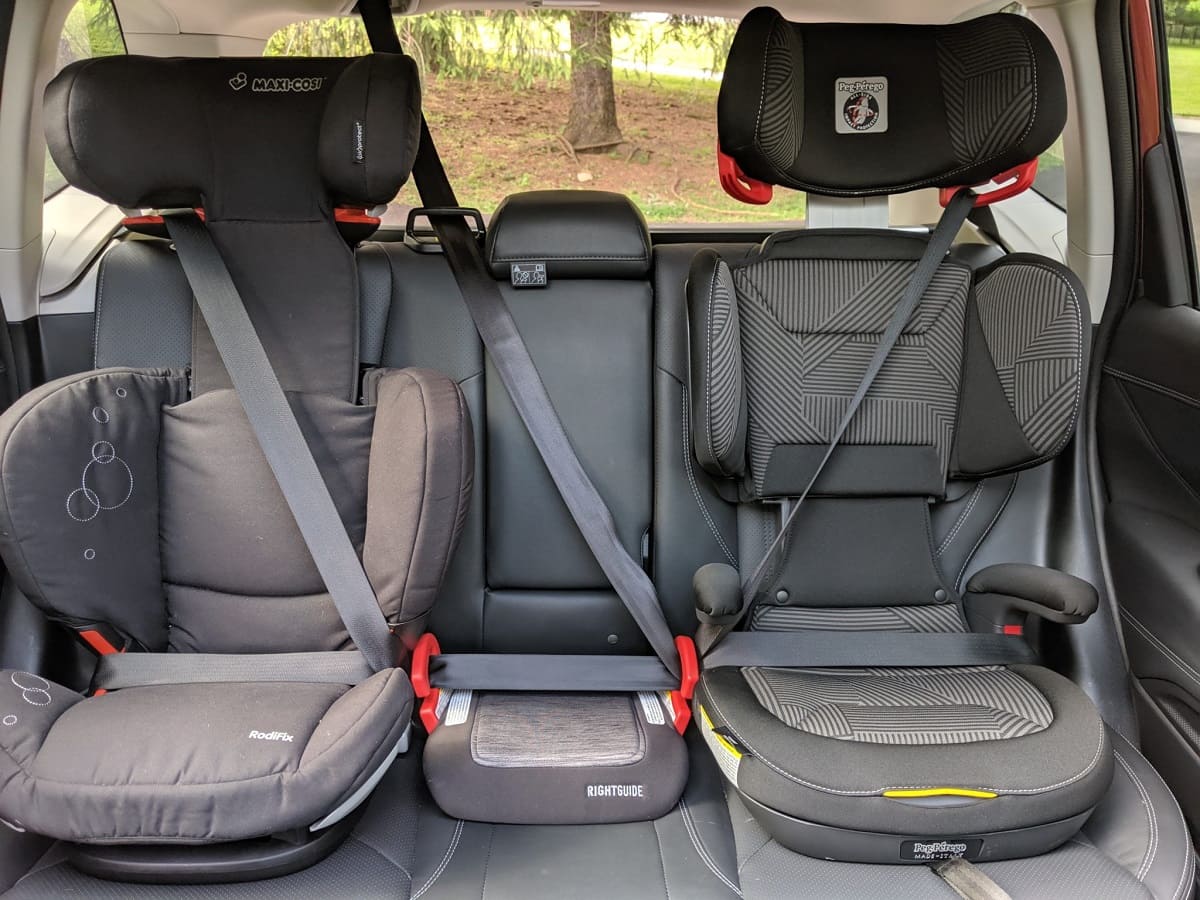
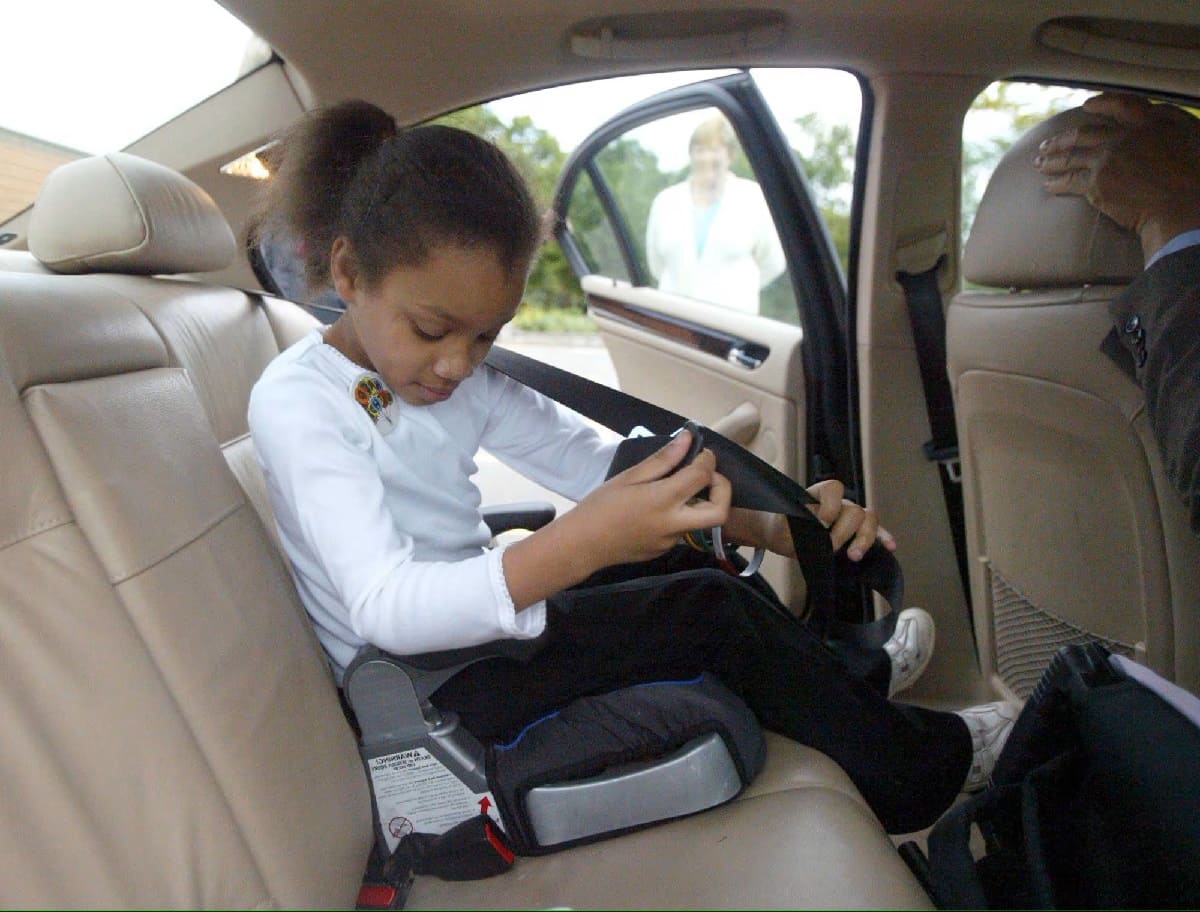
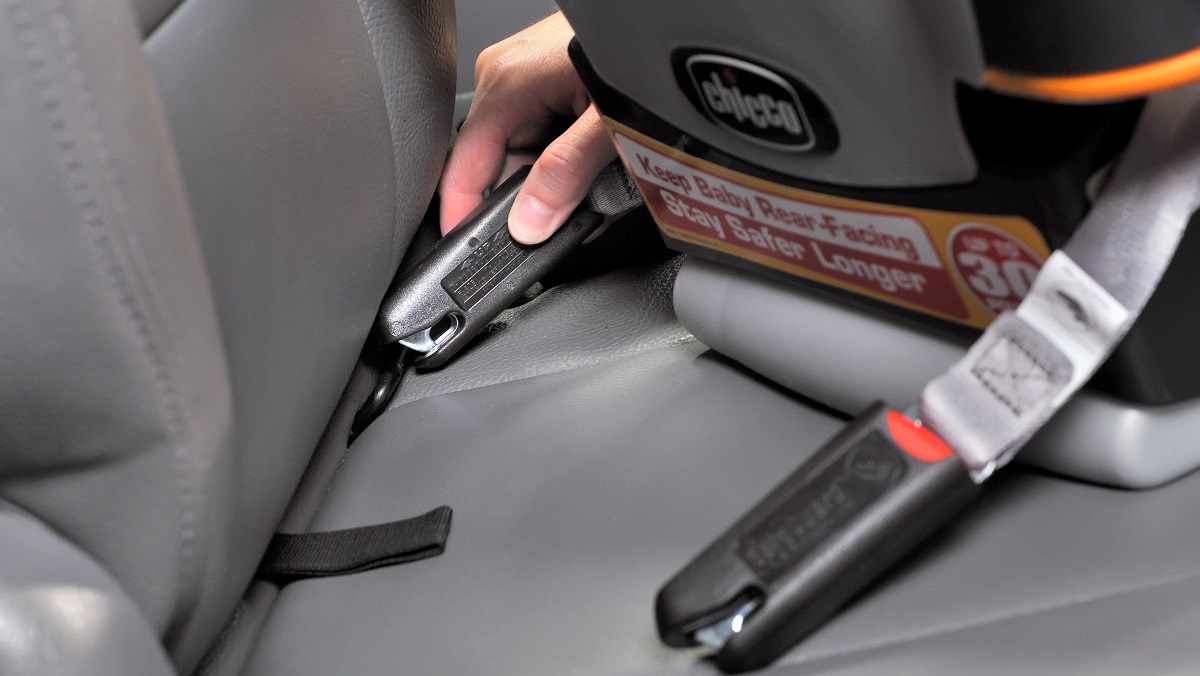
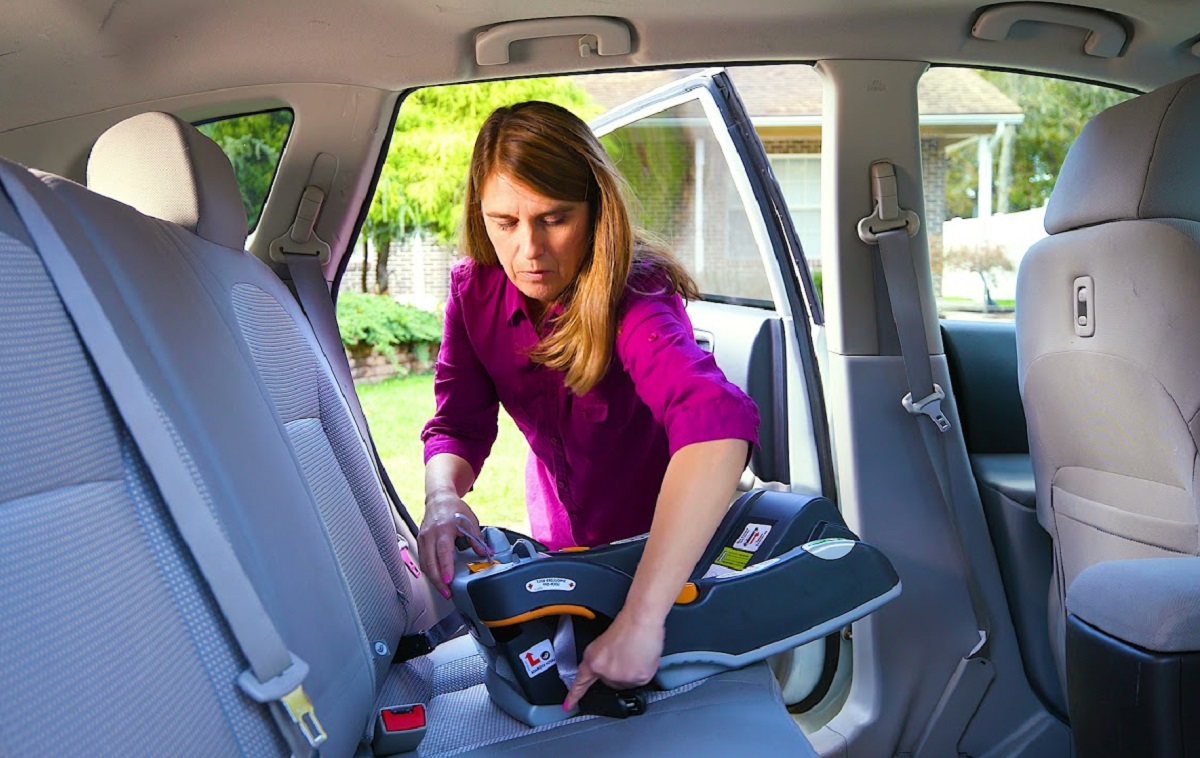
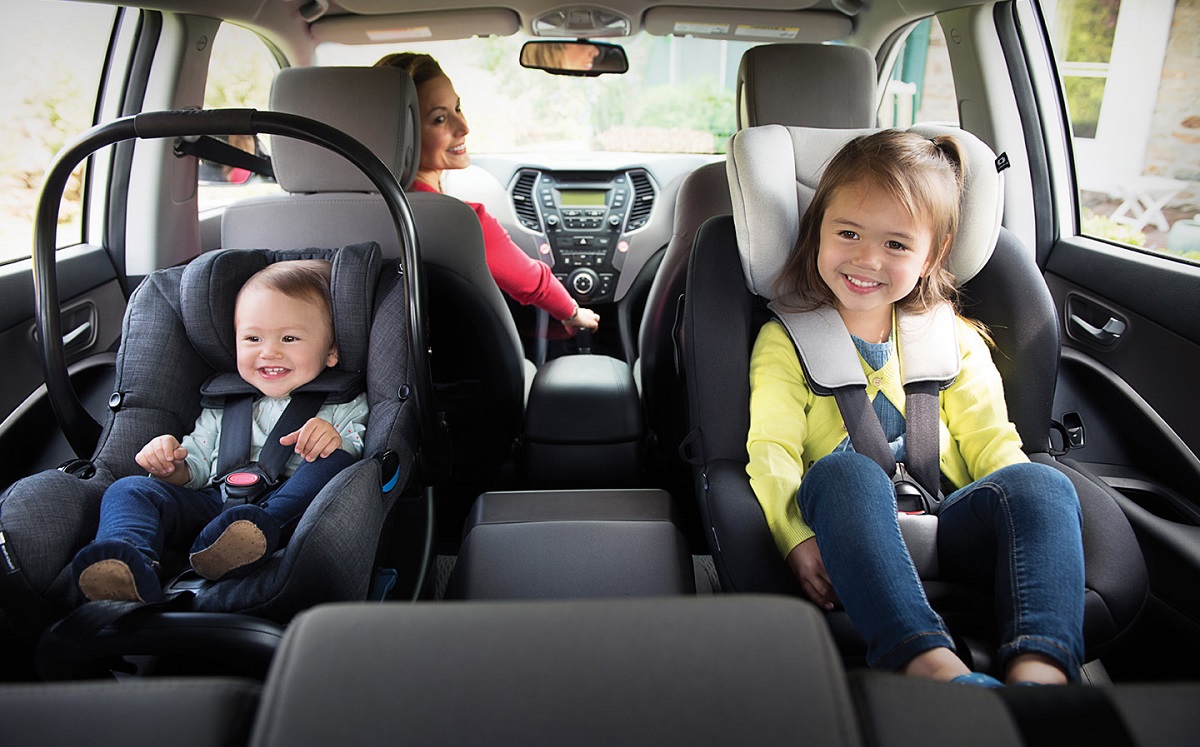

0 thoughts on “What Is The Age Requirement For A Booster Seat In Pennsylvania”